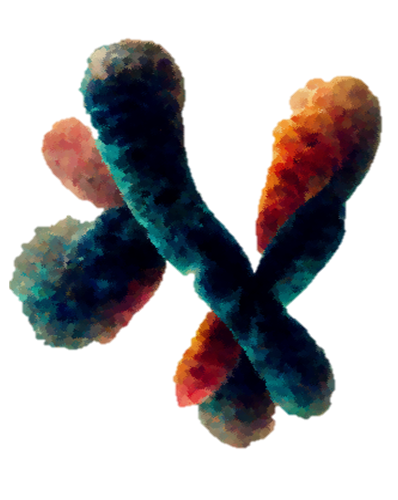Fiona Shan | December 5, 2022

Scientists often differentiate between male and female mammals based on their specific combinations of the sex chromosomes X and Y. However, a recent discovery suggests that there is another sex chromosome that may generate the male sex without the help of the Y chromosome.
What is the X-Y sex-determination system?
Most humans possess 23 pairs of chromosomes: 22 pairs of autosomal (body) chromosomes and 1 pair of sex chromosomes made by XY combinations. In most cases, females have XX and males have XY chromosomes. The Y chromosome carries many essential genes for developing male characteristics. One of these genes is Sry, which is responsible for the development of testes.
What did the team research?
The team analyzed the genomes of Amami spiny rats and found that both males and females of the species only possess the X sex chromosome, and therefore lack the Sry gene. Upon further comparison of the male and female genomes, they discovered a region on autosomal chromosome 3 that is highly repeated only in males. This repetitive sequence bypasses the need for Sry and directly enhances the function of other genes in developing testes.
What is the significance of this finding?
The team is the first to discover a sex-determining mechanism without Y (and the Sry gene). Thus, this work expands people’s understanding of the X-Y sex determination mechanism and the functions of sex-related genes. More importantly, it opens up a new possibility that sex differentiation does not solely rely on X and Y in other species, perhaps even in humans.
